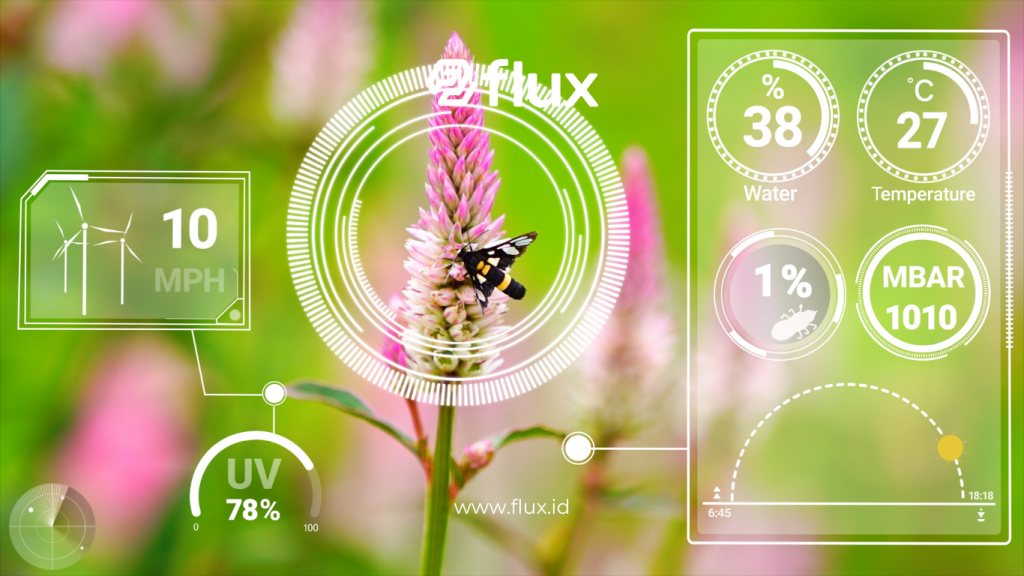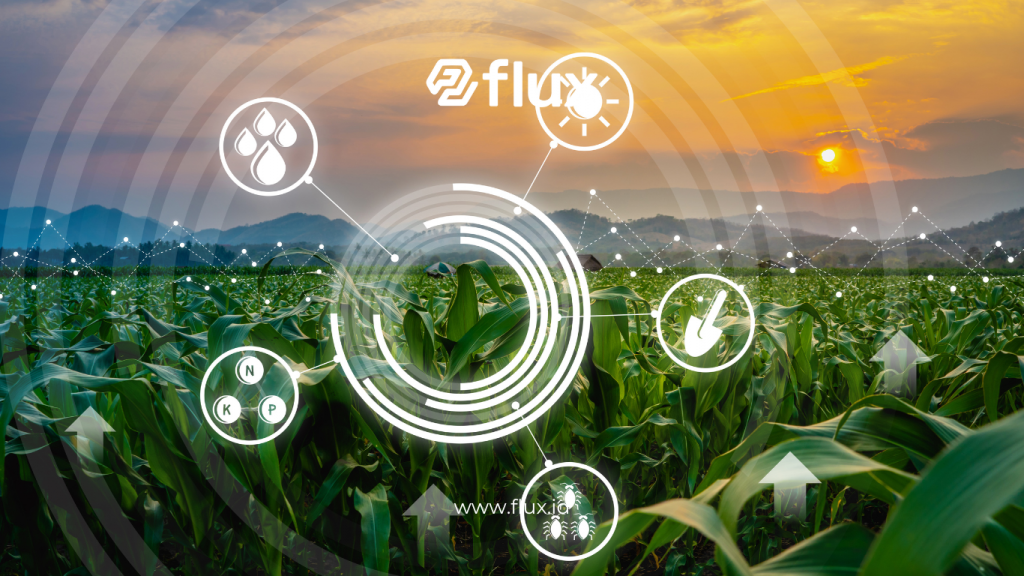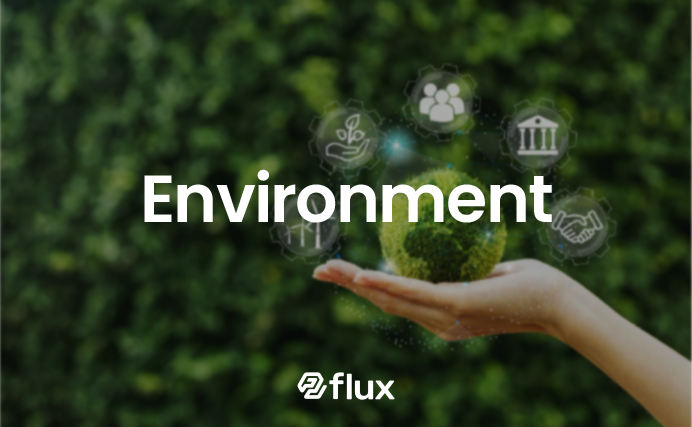Don't miss our holiday offer - 20% OFF!
The Internet of Things (IoT) has brought significant changes across various industries, including agriculture. This digital transformation has shifted traditional agriculture towards data-driven, efficient smart farming. IoT enables farmers to monitor their land, crops, and livestock in real time, enhancing productivity while reducing operational costs. This article delves into the impact of IoT on agriculture, the technologies involved, and the benefits and challenges of its implementation.
Contents
1. What is the Internet of Things (IoT) in Agriculture?

Read More: The Future of Agriculture: How IoT Shapes Smart and Sustainable Farming
1.1 Understanding IoT in Agriculture
IoT in agriculture refers to applying interconnected devices to collect, analyze, and exchange data in farming activities. IoT devices such as soil sensors, surveillance cameras, and weather control systems provide real-time data that aids decision-making.
1.2 How Does IoT Transform Traditional Agriculture?
With IoT, farmers can access detailed data on soil conditions, water needs, pests, and more. This technology replaces manual approaches with faster, more precise solutions.
2. IoT Technologies Used in Smart Farming

Read More: Optimizing Agriculture with Soil Health Monitoring Sensors
2.1 Soil Sensors
Soil sensors are IoT devices that measure soil moisture, temperature, and nutrient levels. Data from these sensors enable farmers to understand field conditions precisely, helping determine optimal irrigation and fertilization times.
2.2 Agricultural Drones
Drones are used for field mapping, crop monitoring, and fertilizer or pesticide distribution. Equipped with advanced cameras and sensors, drones provide a quick overview of land conditions, allowing for immediate corrective actions.
2.3 IoT-Based Automatic Irrigation Systems
IoT-based automatic irrigation systems control water distribution based on weather data, soil moisture, and crop water requirements. This system improves water efficiency, reducing waste.
2.4 Livestock Monitoring with GPS and Health Sensors
For livestock, IoT enables tracking animal movement and health. Sensors attached to livestock monitor body temperature, activity, and location, helping manage animal health and safety.
3. Benefits of IoT in Agriculture

Read More: IoT in Agriculture – Reducing Waste and Boosting Productivity
3.1 Increased Productivity
With accurate data from IoT devices, farmers can make better decisions to boost yields and reduce the risk of loss. This technology also enables farmers to predict optimal harvest times.
3.2 Resource Efficiency
IoT helps manage resources like water, fertilizer, and pesticides efficiently. For example, automatic irrigation systems ensure water use only when needed, reducing waste.
3.3 Improved Pest Control
IoT allows farmers to detect pests early and identify affected areas. This enables precise pest control, reducing the need for excessive pesticide use.
3.4 Enhancing Agricultural Sustainability
Implementing IoT supports sustainable farming practices by optimizing resource use and minimizing environmental impacts. This technology helps maintain the agricultural ecosystem balance.
4. Challenges of Implementing IoT in Agriculture

Read More: IoT Sensors in Agriculture: Monitoring Plant Health in Real-Time
4.1 High Implementation Costs
IoT devices, installation, and maintenance require substantial initial investment, which can be a barrier for small-scale farmers.
4.2 Limited Internet Connectivity in Rural Areas
IoT relies on a stable internet connection to transmit real-time data. However, many rural areas still face connectivity limitations, hindering IoT implementation.
4.3 Data Security and Privacy
Since IoT generates massive data, there are risks related to data security and privacy. IoT devices are vulnerable to cyber-attacks that can disrupt agricultural operations.
4.4 Lack of Technical Knowledge among Farmers
Many farmers are unfamiliar with IoT technology, necessitating specialized training. Understanding and utilizing this technology is crucial for maximizing its benefits.
5. Examples of IoT Applications in Agriculture
5.1 Rice Farming with Soil Sensors
In several countries, soil sensors are used in rice farming to measure soil moisture and nutrient levels. This data helps farmers determine the best time for irrigation, leading to healthier and more productive crops.
5.2 Livestock Monitoring on Modern Farms
In modern livestock farming, GPS and animal health sensors allow farmers to track livestock movement and health in real time. This aids in early health issue detection.
5.3 Drone Use for Crop Spraying
Some farmers use drones to spray fertilizers and pesticides. With drones, spraying is done precisely and only on areas that need it, reducing excessive chemical use.
6. Steps for Implementing IoT in Agriculture

Read More: Optimizing Modern Agriculture: The Role of IoT in Enhancing Harvest Yields
6.1 Assess Needs and Technology Potential
The first step is understanding specific needs of the land or livestock and choosing the appropriate technology, such as sensors or drones, to help achieve farming goals.
6.2 Provide Necessary Infrastructure
IoT requires infrastructure, including good internet connectivity and adequate sensor networks. This is crucial for ensuring devices work optimally.
6.3 Train Users
Farmers and agricultural workers need training on how to use and maintain IoT devices and how to interpret the data they generate.
6.4 Establish Data Security Protocols
Data security is essential in IoT implementation. Ensuring secure data storage and protecting it from cyber threats are vital for technology continuity.
Conclusion
The transformation of agriculture through IoT technology significantly impacts productivity and efficiency in farming. With IoT devices, farmers can monitor in real time, enhance resource efficiency, and reduce risks. Although challenges such as implementation costs and infrastructure requirements exist, the benefits are substantial, especially in supporting sustainability and food security. With the right approach, IoT has the potential to become a primary solution for future smart farming.





